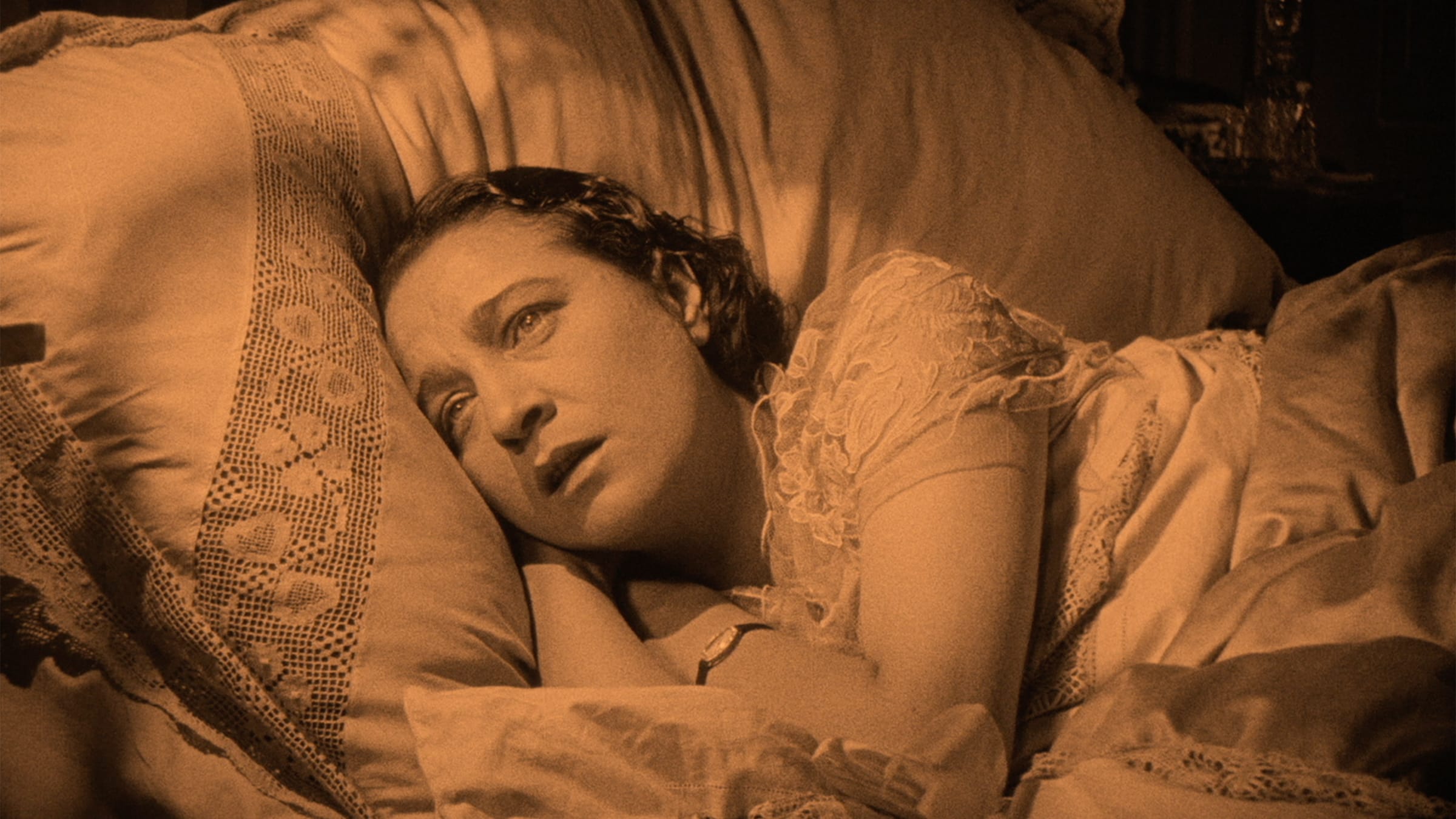RELATED ARTICLE
Häxan: The Real Unreal
The Criterion Collection

The witch has a long history in Western cinema. Nowadays, we tend to associate her with horror, but early depictions resist easy categorization. She appeared in American silent films as early as 1908 (in a short called The Witch). The silent period also brought a short historical drama called The Witch of Salem (1913) and screen adaptations of such well-known witch narratives as Hansel and Gretel (1909) and Macbeth (1916). Perhaps the most iconic cinematic witch is the Wicked Witch of the West, from Victor Fleming’s The Wizard of Oz (1939). Injecting terror into the Technicolor fantasy of Oz, Margaret Hamilton’s green-skinned hag has become a kind of template for the witch stereotype.
Seventeenth-century accusations of witchcraft in Denmark inform Carl Th. Dreyer’s Day of Wrath (1943), a harrowing examination of repression and paranoia made and released during the bleakest days of the Nazi occupation of that country. In René Clair’s I Married a Witch (1942) and Richard Quine’s Bell, Book and Candle (1958), the witch is played for laughs, but there is a tension between the comedy and a more sinister suggestion about the dangerous power of women to confuse and compel their male victims. In mystery films of the forties, witchcraft is often bound up in exoticism, as in Reginald Le Borg’s Weird Woman (1944), in which a college professor must defend his foreign-born wife against the suspicions of his hometown. It is perhaps not until Black Sunday (1960) that witchcraft becomes an explicit theme and visual source of horror. This Italian gothic film by Mario Bava pays homage to the Universal monster movies of the thirties, as a vampire-witch seeks bloody revenge before herself meeting a violent end. Black Sunday blends folkloric witchcraft with satanism and the occult, elements reprised in Roman Polanski’s mainstream horror hit Rosemary’s Baby (1968).
These later horror-movie depictions of witchcraft did have an anachronistic cinematic forebear, however. The dramatized sequences that Benjamin Christensen intersperses with documentary ones in Häxan could not have been classified as horror on the film’s release in 1922—their graphic scenes of torture and sexual perversion notwithstanding—as that label would not exist for another decade, but they clearly anticipate what we now consider the horror genre, even if the film’s depiction of the figure of the witch is richer and more complex than this may suggest. Christensen focuses on the history of witchcraft in order to show the way that the oppression of women takes on different guises in different historical periods. Using ideas from the psychoanalytic theory that was emerging at the time, Christensen suggests a link between contemporary diagnoses of hysteria and the European witch hunts of the medieval and early modern eras. This connection casts the twentieth-century physician who would confine troubled young women in his clinic in the role of inquisitor.
“Rather than repeating old ideas about dangerous women, Christensen wants to open a dialogue between the past and the present.”
“The grotesque appears in concert with a carnivalesque atmosphere, suggesting an intersection of gender and social class: witches are not only women, they are poor women.”